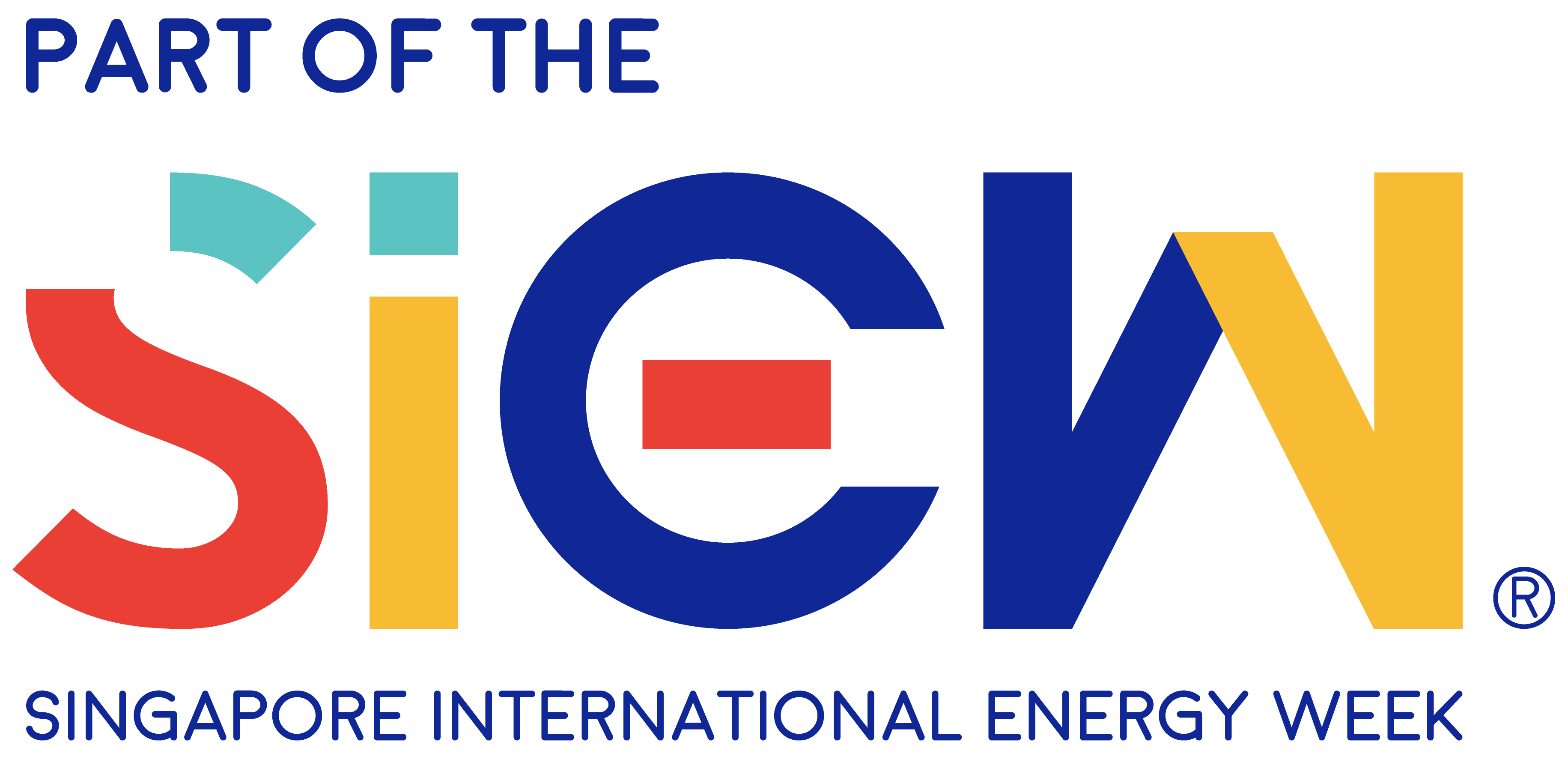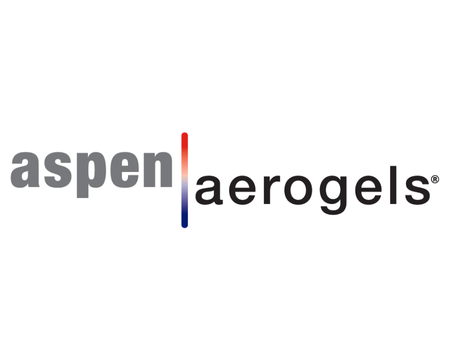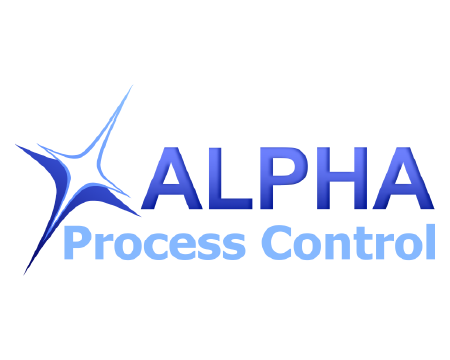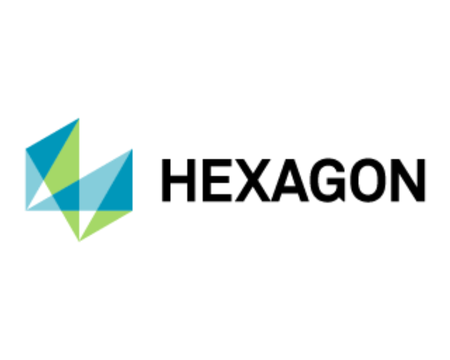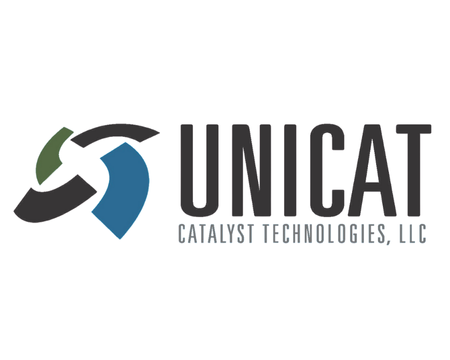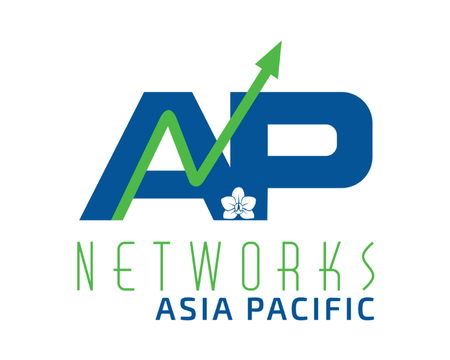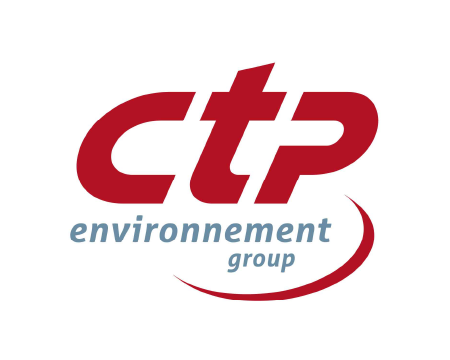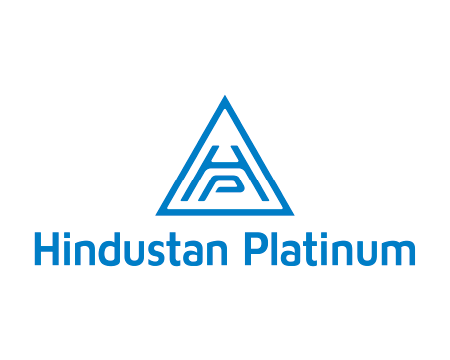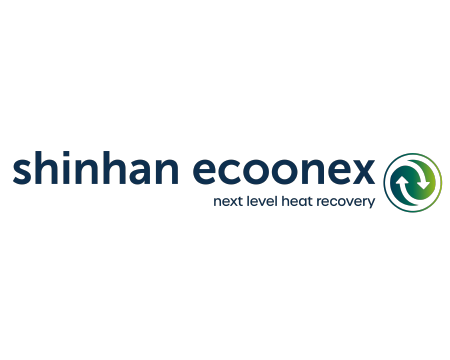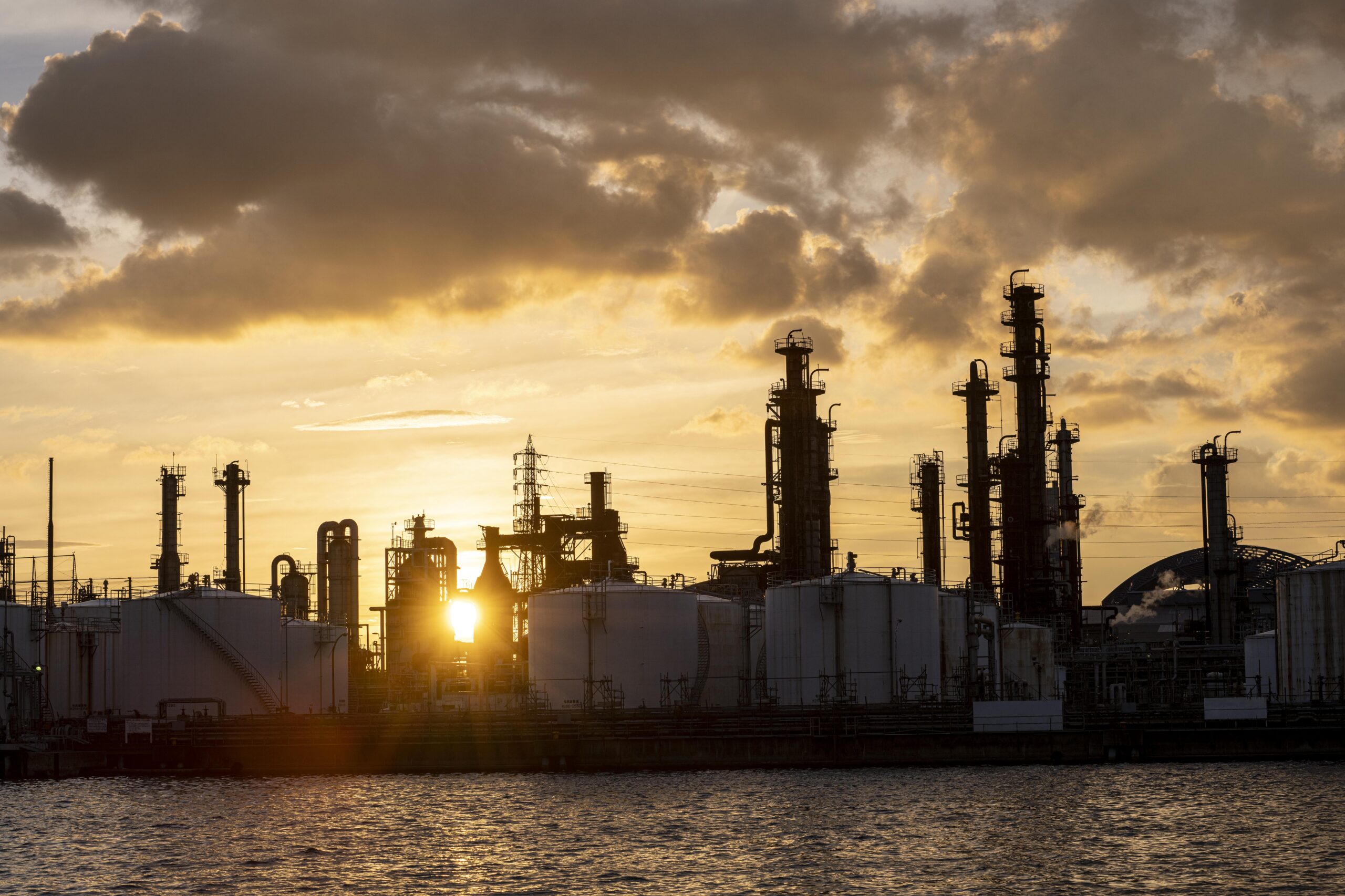
Decarbonisation is being shaped by multifaceted ‘push’ and ‘pull’ elements with a mixture of global pressures and local realities. Paris Agreement, carbon pricing, societal awareness and consumer preference drive the demand for cleaner energy. Financial gaps in Asia, on the other hand, with a staggering USD $1.66 trillion shortfall despite an annual investment of ~USD$840 billion, hampers progress in downstream decarbonisation.
Vietnam’s refining and petrochemical industry stands at a pivotal point in its decarbonisation journey. With a relatively young refinery infrastructure and the government’s pledge for net zero by 2050, the country is well positioned to advance. However, the path ahead is not without hurdles.
We spoke to Kapil Sahni, Chief Transformation Officer at Nghi Son Refinery and Petrochemicals who shared insights on the broader context of downstream decarbonisation in region. He emphasised the critical role of digital technologies in improving energy efficiency and reducing emissions, while highlighting the need for a robust policy framework to drive adoption and attract investment.
Beyond national efforts, the regional harmonisation of standards and collaborative forums are vital to prevent market distortion and foster a truly competitive, sustainable landscape.
While acknowledging immediate global uncertainties that could create short term challenges, the strategic application of digitalisation and strategic investments will redefine these crucial industrial assets. Looking ahead, the ongoing demand for both fossil fuels and petrochemicals provides a crucial need for the sector’s long-term evolution.
Watch the interview below to deep dive into these pressing challenges and opportunities.



